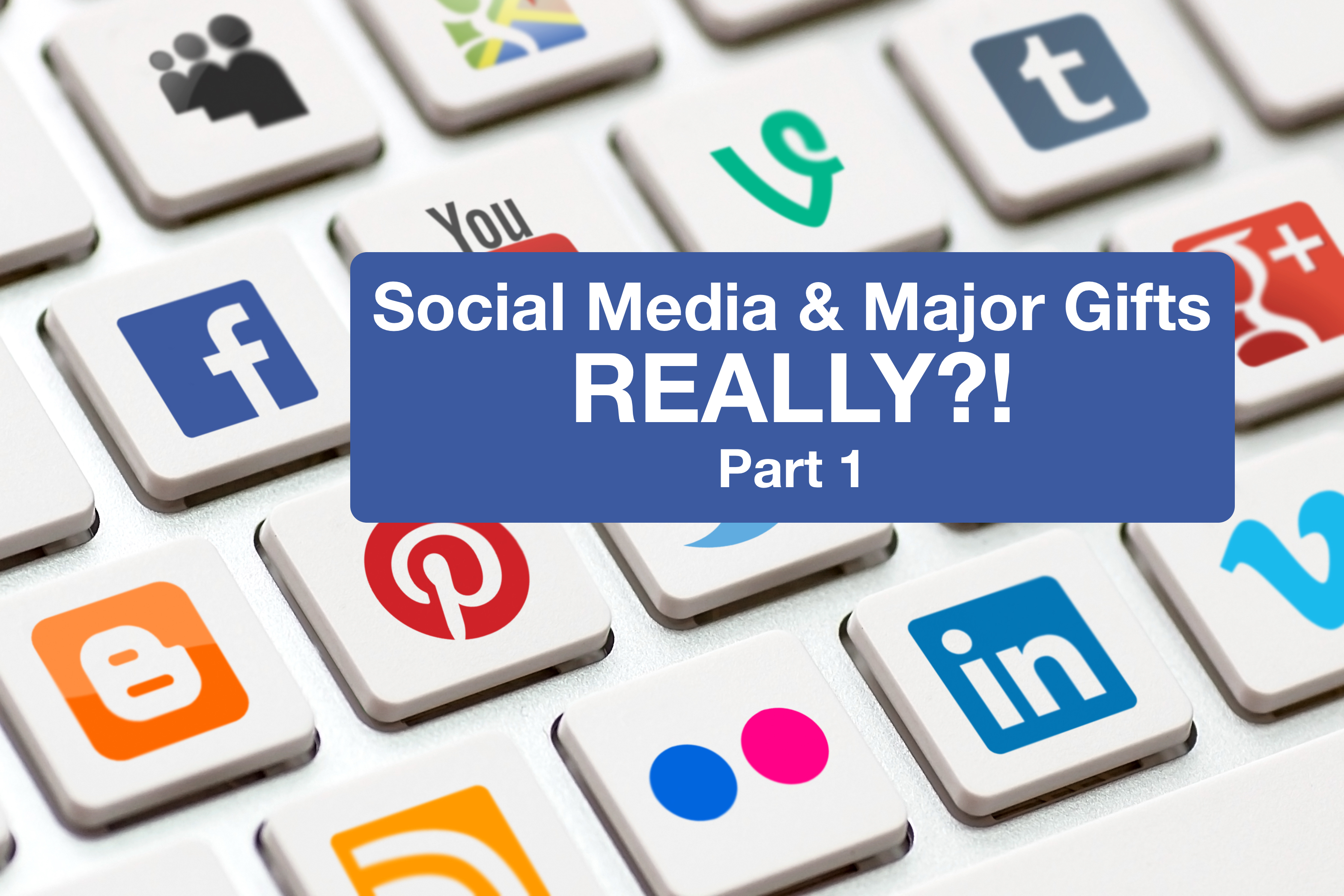DISASTER DONOR PARADOX
By Christopher L. McGown, Divisional Director of Communications and Donor Engagement for The Salvation Army’s Kentucky/Tennessee Division
As with so many things, it started with a simple question: “What about new donors?”
I was sitting in Beaumont, Texas part of The Salvation Army’s initial disaster response team in the wake of Hurricane Harvey. Beaumont was spared the eye of Harvey but more than two feet of (unexpected) rain in 36 hours and the failure of the city’s water plant brought the community to its knees.
I had just pulled together my information for an afternoon meeting with the Incident Command team when my friend, The Bridge’s, Bob Gregg sent me a text. That brief digital exchange and its two questions sent me on mission to collect and categorize years of thoughts and research. This effort’s initial result became the first post in my new blog: http://bit.ly/TBCGeds
 Long ago and early in my fundraising journey – before I even knew I was on the journey – I was told, “Never assume this is a person’s first gift; chances are, the donor doesn’t think it is.” I was probably 10 years old when I was told that, and I’ve never forgotten it. I have, however, spent the last 25+ years unintentionally proving it correct.
Long ago and early in my fundraising journey – before I even knew I was on the journey – I was told, “Never assume this is a person’s first gift; chances are, the donor doesn’t think it is.” I was probably 10 years old when I was told that, and I’ve never forgotten it. I have, however, spent the last 25+ years unintentionally proving it correct.
The questions around the impact of disaster giving have been around as long there have been disaster donors. There are numerous studies on the topic and like most hotly debated topics, there is no solid, agreed-upon conclusion. Every study is countered with another showing the opposite, and every conclusion is accompanied by the ubiquitous asterisks.
My conclusions are far less scientific; I’ve simply talked to people and listened to their answers. I could only guess the number of donor homes and businesses I’ve sat in over the years, but 1000’s would not be an exaggeration. Through the course of the relationship, the “How did you start supporting The Salvation Army?” question would happen naturally. And I can’t think of a single donor who started their giving with a major gift and/or an estate gift. No, they started when their “mother gave me a nickel (and that was a good gift back then) to put in the kettle” or just as often, “I can’t remember not giving to The Salvation Army.”
“But, that is a cherry picked group,” you may rightly say. So, now let’s go to the kettles. During my time training kettle workers (I often spent time with my mid-level ringers to get them up to the next level), I’d stand off to the side, stopping and speaking to the shoppers – those who donated and those who didn’t. During those cold days (and evenings) I learned a lot about the few seconds leading up to the gifting decision, included in that calculation is if their self-perception includes being a donor, and how current that status is.
Over the years and in a number of locations, I’ve done the same sort of thing near Angle Tree adoption tables and Family Store donation centers. I’ve talked to more direct mail donors than I could count, and even more who swore they would never give (or never give again). I’ve talked with attendees at “fill the table” special events, where those attending were most interested in the speaker or impressing the person who invited them. All of these and dozens of others where the person I’m talking to is not directly tied to The Salvation Army.
Overwhelmingly, the lesson (correcting what I had been doing prior) is held to be true more than not; Americans generally view themselves as donors to The Salvation Army. Again, nothing scientific about it, but experience has served me well over the years.
Bob’s questions to me started me on a path to collect my thoughts and share them. I know that they do not align with the belief of most folks out there. But, I believe that is because the numbers suggest I’m wrong. My concern is that those who focus solely on the numbers miss the greater (much, much greater) donor base and run the risk of alienating their existing, unknown, current donors.
I hope you enjoy my thoughts on why we don’t really have new disaster donors. I welcome your thoughts through comments on the original blog post, my Facebook post, or this blog post.





